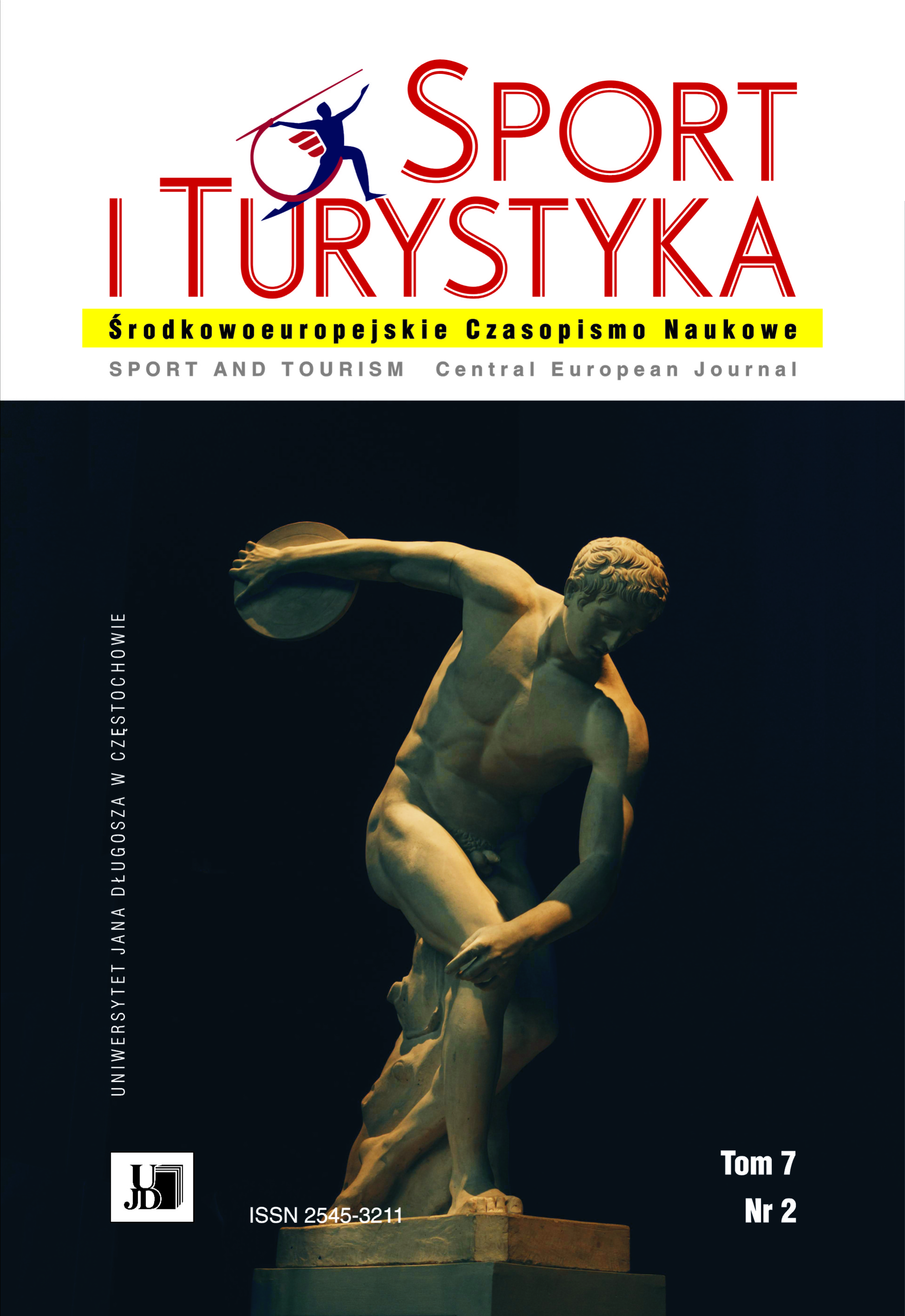DIFFERENCES IN PAIN PERCEPTION BETWEEN AMATEUR AND PROFESSIONAL MUAYTHAI FIGHTERS
DIFFERENCES IN PAIN PERCEPTION BETWEEN AMATEUR AND PROFESSIONAL MUAYTHAI FIGHTERS
Author(s): Jakub GWADERA, Dariusz MOSLERSubject(s): History and theory of sociology, Sports Studies
Published by: Uniwersytet Jana Długosza w Częstochowie
Keywords: Muay Thai; pain; pain perception; Modified Cuff Pressure Test; Cold Pressor Test;
Summary/Abstract: Muay Thai is a martial art that involves close combat, utilizing punches, elbows, knees, and kicks. The combat format is strictly full contact. The objective of this study is to show how training in Thai boxing influences the development of pain perceptionamong practitioners. The study group consists of 20 male athletes, aged at least 15, with a minimum of 6 months of training ex-perience. Measurement tools include a thermometer, blood pressure monitor, stopwatch, and a vessel with cold water. The researchmethods employed were the Modified Cuff Pressure Test and the Cold Pressor Test. The study found out that after a training session, the average pressure tolerance in the Modified Cuff Pressure Test increased, indicating a heightened pain perception. Specifically, the mean tolerance for arm pressure went from 255.0 mmHg before training to 270.3 mmHg after, and for leg pressure, it increased from 228.3 mmHg to 250.8 mmHg post-train-ing. In the Cold Pressor Test, pain perception remained unchanged, with no significant variation in tolerance observed before and after training units. Training in Thai boxing may lead to a partial increase in tolerance to physical pain, especially immediately after a training session
Journal: Sport i Turystyka
- Issue Year: 7/2024
- Issue No: 2
- Page Range: 103-120
- Page Count: 18
- Language: English

